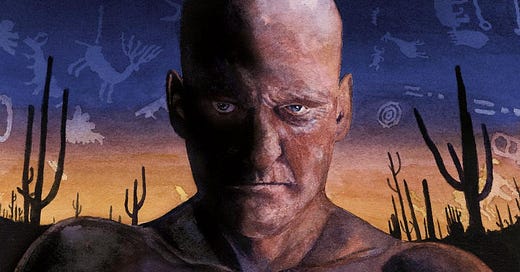I. Internal and External Focalization
In his book on narratology and Proust—Narrative Discourse: An Essay in Method—literary theorist Gérard Genette appropriates the term focalizer (from photography) in his discussion of Third Person point of view. Genette insists that while a Narrator speaks, a Focalizer sees.
This concept proves useful to an understand…




